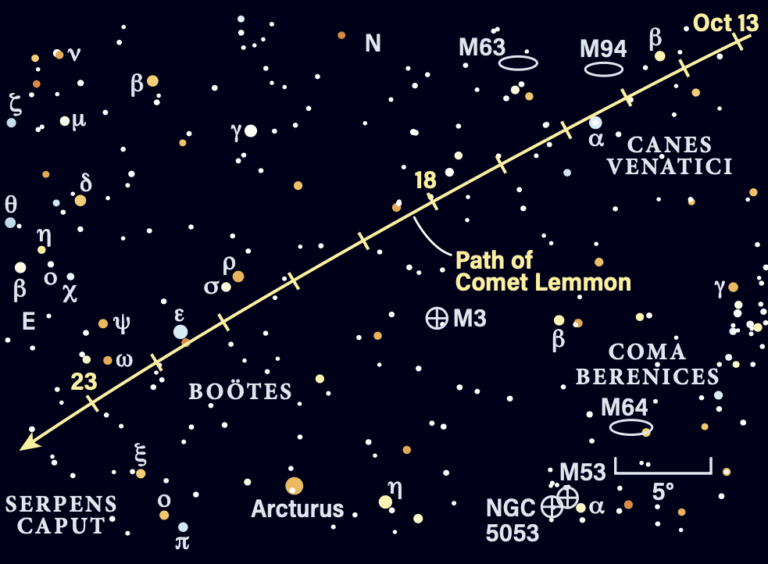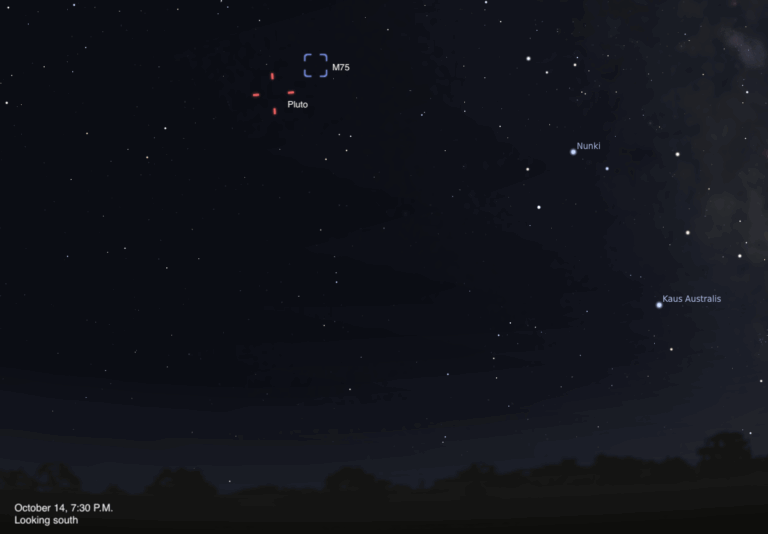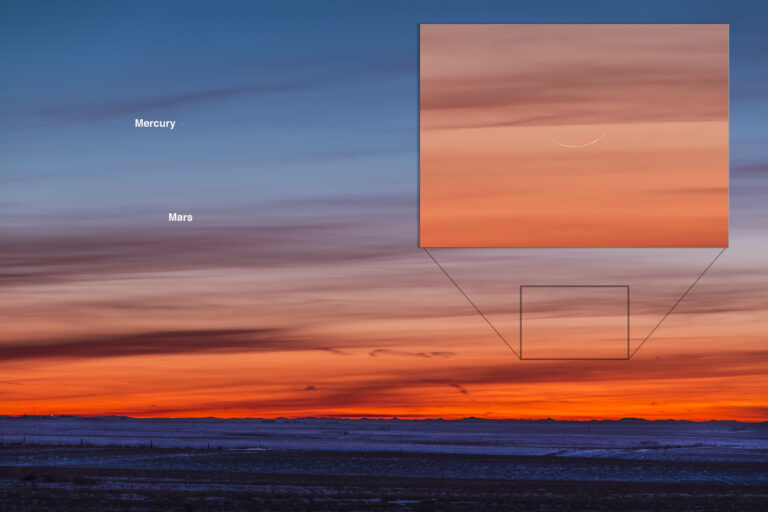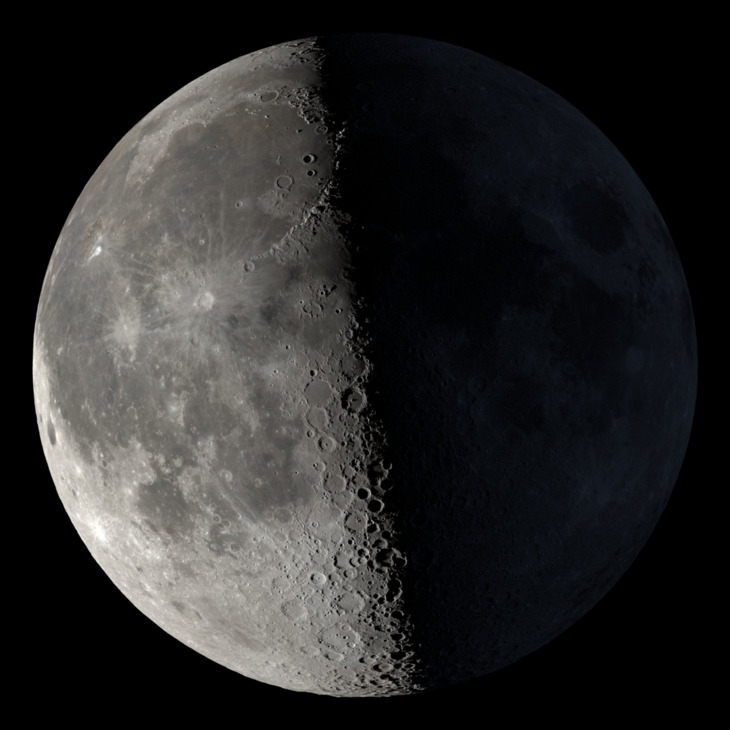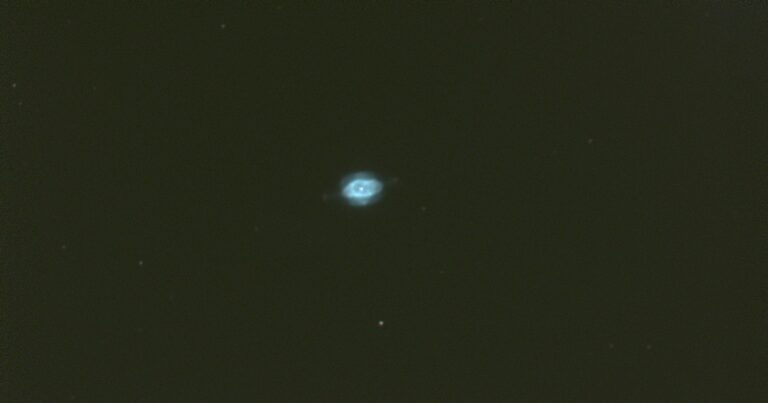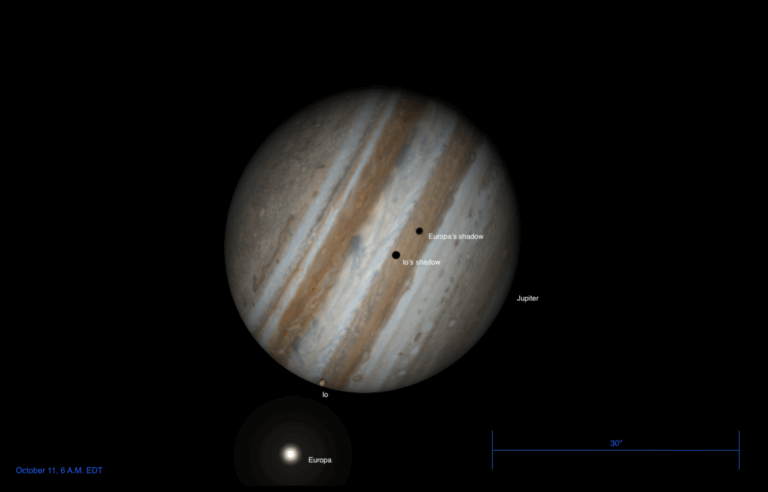
Key Takeaways:
Many years ago, we viewed a total eclipse, and I remember just before the onset of totality, we saw bands of light and dark shadows racing across the ground. What is the explanation for this?
Gerald Baseden
Wilmington, Delaware
These bands of light and dark, coincidentally enough, are called shadow bands. Because they are so fleeting and subtle, only appearing for a few seconds before or after totality, they tend to be hard to catch — so it’s quite exciting that you saw them!
Scientists believe shadow bands arise because of the turbulent nature of Earth’s atmosphere. As the Moon moves to fully cover the Sun or just begins to slide away as totality ends, only a tiny crescent of the solar disk is visible. Refraction of this bright, thin light source through our atmosphere creates the pattern of light and dark lines, and the motion of the air makes them ripple and move. As the atmosphere is constantly changing, they are both short-lived and impossible to predict.
To increase your chances of viewing this phenomenon, consider spreading out a light-colored sheet or large piece of paper on the ground before an eclipse. The light, flat surface can help highlight the shadow bands if they occur. Because shadow bands only appear right before or after totality — when you may want to focus on the main attraction — you can also train a video camera at the sheet or paper so you don’t have to worry about splitting your attention.
Alison Klesman
Senior Editor


